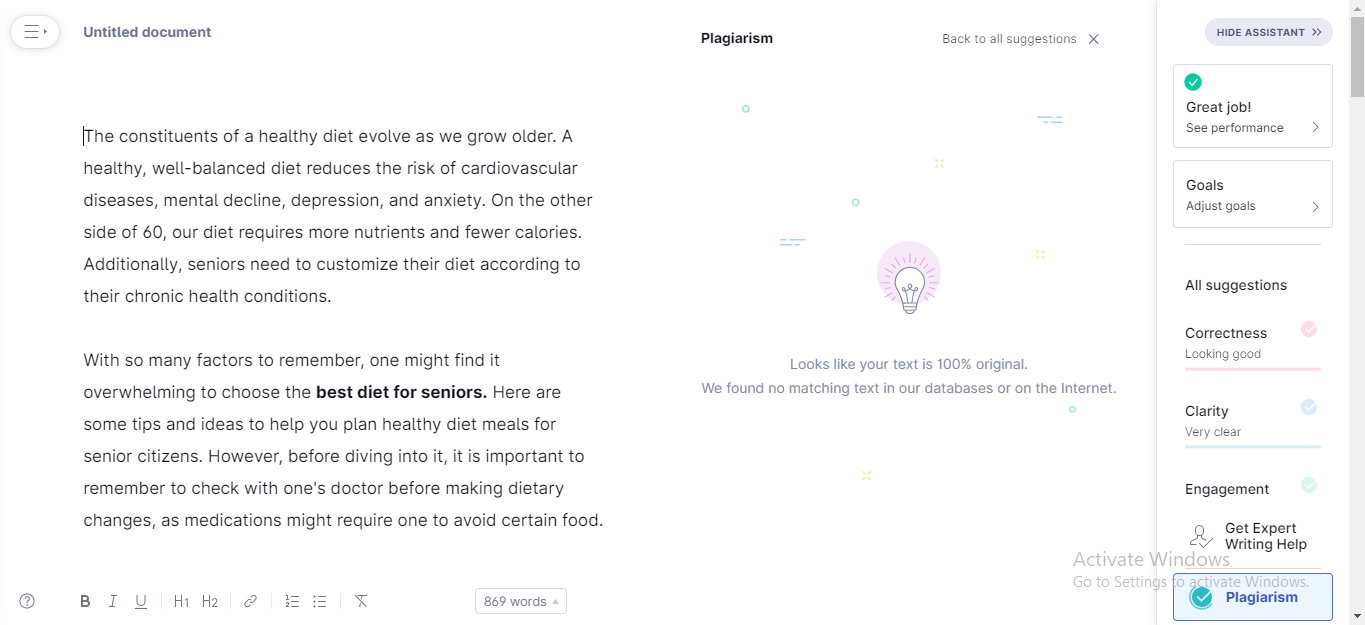Essential Nutritional Guidelines for Senior Citizens
This article offers essential dietary tips for seniors to promote health and prevent chronic conditions. It covers key areas such as protein, fiber, hydration, and low sodium intake, emphasizing personalized meal planning. Incorporating nutrient-rich foods and healthy fats, along with regular exercise and social activities, supports overall well-being. Always consult healthcare professionals for tailored nutritional advice to maintain an active and healthy lifestyle in later years.
Sponsored

As people age, their nutritional needs shift, emphasizing the importance of a balanced diet to support health and well-being. Proper meal planning can reduce risks of heart diseases, cognitive decline, and mental health issues. Seniors require higher nutrient intake with fewer calories, tailored to their chronic conditions. Navigating these dietary changes can be challenging, but with the right tips, seniors can maintain optimal health. Always consult with a healthcare professional before modifying your diet, especially if you have underlying health concerns.
Here are key strategies to help seniors develop nutritious meal plans. Incorporate a variety of foods and prioritize nutrient-dense choices for better health outcomes.

Prioritize Protein Intake
Registered dietitian Amy Campbell highlights the importance of incorporating adequate protein into senior diets. Since protein deficiencies can impair immune function and increase osteoporosis risk, including sufficient amounts is vital. Plant-based options like lentils, beans, and chickpeas are excellent alternatives to animal proteins, which may become harder to chew with age. Breakfast ideas such as oatmeal with fruits and nuts, smoothies with greens, or vegetable omelets with whole-grain bread are nutritious choices.
Limit Empty Calories
Diet plans should minimize foods like chips, baked goods, soda, and sugary drinks that provide calories without nutrients. Instead, focus on colorful fruits, vegetables, lean meats, seafood, and nuts. Replacing saturated fats found in pastries, processed meats, and fried foods with healthier fats like olive oil, avocado, and nut butters is beneficial. Reducing intake of added sugars in beverages and snacks supports overall health. Fresh fruit paired with yogurt or whole-grain options can satisfy sweet cravings healthily.
Reduce Salt Intake
Cooking with less salt reduces the risk of hypertension and cardiovascular disease. Be mindful of high-sodium foods such as processed meats (ham, bacon), soy sauce, and canned foods. Enhance flavor with herbs, spices, and citrus like lemon juice. For lunch, consider options like chicken and vegetable sandwiches on whole-grain bread, quinoa salads, or tuna salads to maintain a low-sodium diet.
Increase Dietary Fiber
High-fiber foods support digestion and lower cholesterol levels, reducing heart disease risks. Include beans, oats, barley, nuts, and seeds regularly. Fiber-rich foods also help manage blood sugar levels and prevent constipation—important considerations for diabetics. Incorporate whole-grain cereals, dried fruits, and vegetables into meals to boost fiber intake and promote gastrointestinal health.
Maintain Adequate Hydration
As aging can diminish the sensation of thirst, staying well-hydrated is crucial to prevent dehydration. Community fluids like flavored water, herbal teas, and water-rich fruits (melons, cucumbers) are excellent choices. Aim for about eight 8-ounce glasses of water daily, adjusting based on medical advice. Proper hydration benefits overall bodily functions and can support ongoing treatments.
Include Omega-3s and Calcium
Omega-3 fatty acids help reduce inflammation and protect against eye and brain health issues. Include sources such as walnuts, flaxseeds, and oily fish like salmon and mackerel. Calcium is essential for maintaining strong bones and preventing osteoporosis—sources include low-fat dairy, leafy greens, and canned fish with bones. Meals like baked salmon with greens or chicken with vegetables can meet these nutritional needs.
In conclusion, personalized meal plans emphasizing protein, fiber, healthy fats, and hydration support senior health. Combining proper nutrition with regular physical activity and social engagement fosters a healthy, active lifestyle. Consult healthcare providers or nutritionists for tailored advice to meet individual health requirements.






